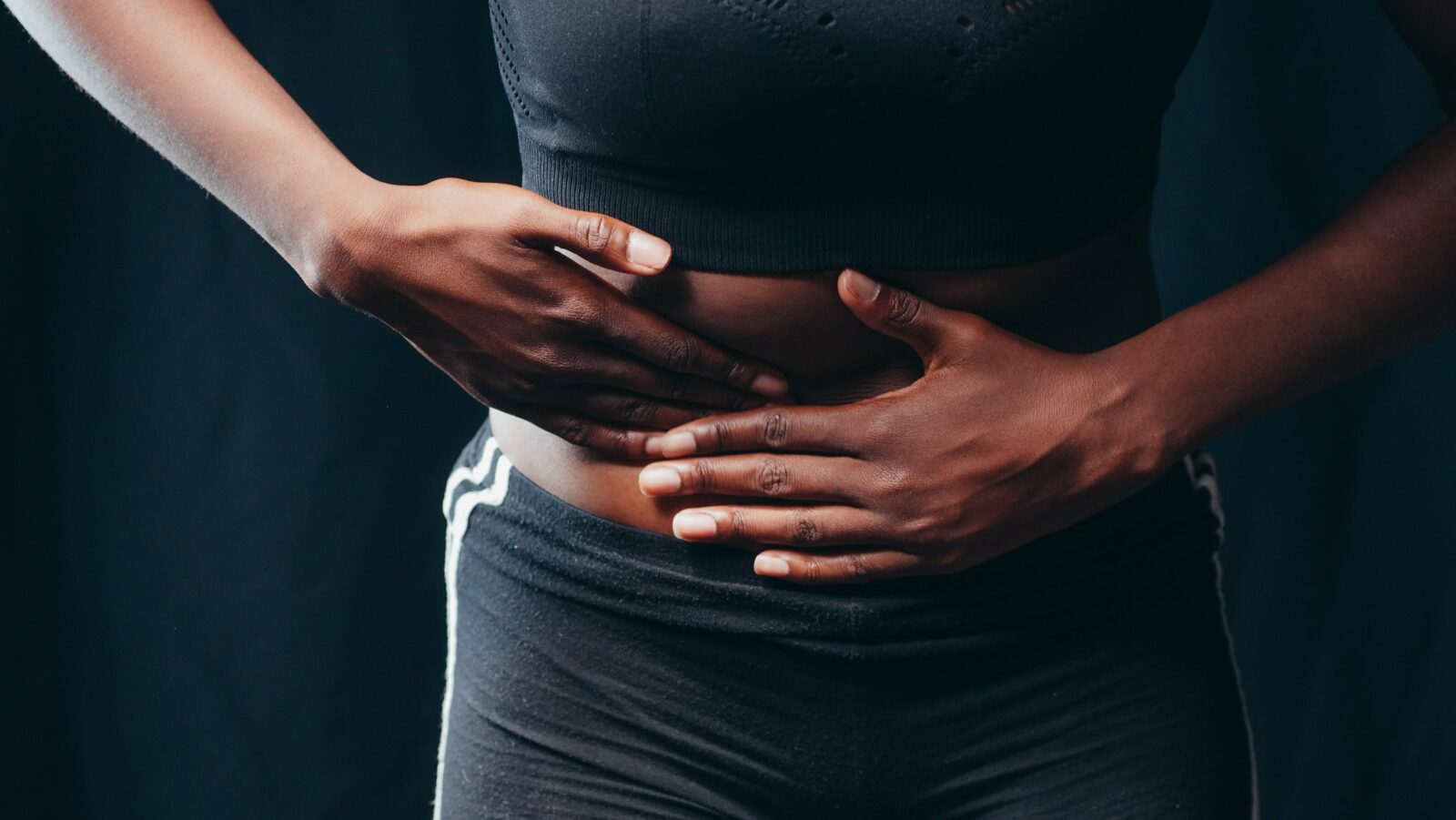
Gut microbes may help block infections; however, the mechanisms involved have not been fully identified or understood. Now, studies show that changes in the microbial community after an infection increase the level of a molecule that helps fight harmful bacteria.
Complex interactions between an individual and the intestinal microbiota impact that person’s health and susceptibility to disease. A bit of missing information has been studying the mechanisms that drive those interactions because of the large diversity of species in the microbiota. This diversity is unique to the individual, much like a fingerprint.
Gaining an Understanding of the Mechanisms that Prevent Infection
Scientists are beginning to more fully understand that the gut microbiota has a role in creating resistance to growth of pathogens in the gut. Still, many studies have been descriptive and correlated specific microbiota compositions with a state of disease or health.
Now, a paper published in Cell presents a detailed mechanism by which microbiota fuel the resistance to overgrowth of pathogens.
Scientists generally accept that the gut microbiota can slow the overgrowth of intestinal pathogens. Several lines of evidence support this belief. For instance, high levels or prolonged use of antibiotics may actually enable overgrowth of Clostridium difficile, which causes inflammation of the colon and severe diarrhea. Low diversity of species present in the intestinal microbiota, common in industrialized economies, is linked to a greater susceptibility to infectious diseases. Some studies have shown that mice treated with antibiotics or raised in germ-free environments have greater susceptibility to intestinal pathogens.
Members Only Content
To continue reading please subscribe to WellnessPlus by Dr. Jess MD
Be your own best doctor with our comprehensive suite of online health coaching tools.
